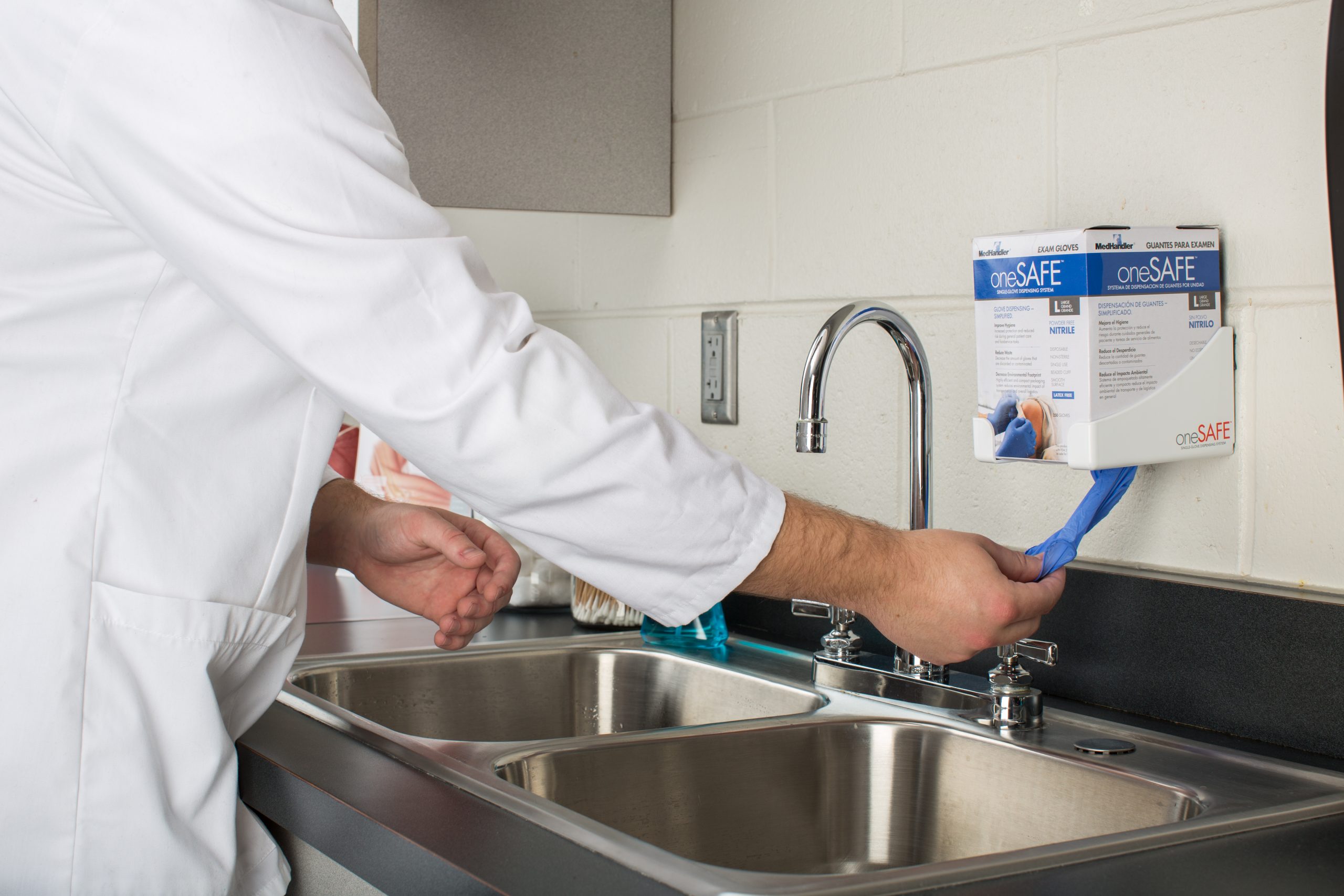Beyond Simple Compliance: Nurturing a Food Safety Culture in Your Team
In writing my last blog post, I was torn on addressing the issue of getting ready for a health inspection. I was torn, not because it isn’t an important topic, but because I didn’t want the reader who just stumbled upon the post and has not followed the FoodHandler blog previously to think I was promoting a reactive food safety program – one where we just get ready for the health inspection a month out from when we think that inspection might occur and forget about food safety the rest of the year. Deep down, I believe that food safety in retail foodservice establishments should be a proactive system, a system where we have developed a food safety culture among our team members.
Establishing a robust food safety culture within your establishment is essential for ensuring the health and well-being of your customers, maintaining regulatory compliance, and safeguarding the reputation of your operation. A food safety culture encompasses the shared values, beliefs, and behaviors that prioritize safe food handling practices at all levels of the organization. When we work with schools, we often talk about how the school system’s superintendent must buy into the food safety program, not just those managers and employees in the kitchen. In the restaurant setting, this means everyone from the general manager to bus persons.
A strong food safety culture begins with a visible commitment from leadership. What visibility means for your operation depends on the operation. Remember, it starts at the top and employees take their cues from the leaders. At the very least, we always say if you are a general manager and you want to promote food safety, but when you enter the kitchen and don’t wash your hands, what message does this send to your employees? When managers actively demonstrate their dedication to food safety, it sets a standard for the entire team. This also includes allocating resources for training, implementing comprehensive food safety policies, and fostering an environment where safety is prioritized above all else.
Investing in regular and thorough training is vital to food safety program success. Training ensures that staff members have the knowledge and skills to uphold food safety standards. Food safety training alone does not change on-the-job behaviors, but if you want employees to work toward changing behaviors, they must know the basics. Training should cover essential topics such as proper handwashing techniques, safe food storage practices, temperature control, and recognizing signs of foodborne illnesses. Understanding that knowledge alone isn’t sufficient; translating that knowledge into safe practices is key.
Food safety should not be viewed as a standalone requirement but as an integral component of your establishment’s core values.
Encouraging transparent and open communication allows employees to voice concerns, report potential hazards, and suggest improvements without fear of retribution. Regular meetings, feedback sessions, and anonymous reporting mechanisms can help in identifying and addressing issues before they escalate. This two-way communication fosters trust and reinforces the importance of collective responsibility in maintaining food safety.
Empowering employees to take ownership of food safety practices instills a sense of responsibility and pride in their work. Recognizing and rewarding safe behaviors can motivate staff and reinforce positive actions. Conversely, holding individuals accountable for lapses ensures that everyone understands the seriousness of food safety and the potential consequences of negligence.
Food safety should not be viewed as a standalone requirement but as a vital component of your business. By aligning food safety efforts with overall company objectives, you create a unified approach where every team member understands their role in maintaining these high standards. This alignment ensures that food safety becomes a natural and consistent part of daily operations.
Incorporating these strategies into the daily operation of your establishment can lead to a sustainable and effective food safety culture. In the end, remember that food safety is not a reactive program. A proactive approach helps mitigate risks and enhance the organization’s overall safety culture. Risk Nothing.
READ MORE POSTS
Food Service Hand Hygiene: Basic Handwashing – Part II
Ignoring handwashing as a priority is easy until faced with a crippling lawsuit. Your risk of transmitting a foodborne disease via a food workers hands will never be zero, but the good news is training your crew about handwashing is not complicated. Molding behavior to do it at the right time, using the correct method is the tough part. The Centers for Disease Control & Prevention says the single most effective way to stop the spread of infection is through handwashing. Last month’s article was on the physical equipment to help get better handwashing compliance. The most important part is the practice of the basic handwashing steps:
The Physical Elements of Food Service Hand Hygiene – Part I
September is National Food Safety Education Month and the theme has a rhyme to it – “Keep Hands Clean with Good Hygiene”. Hand washing is one of the public’s best defenses against the spread of both common and rare, even life-threatening, diseases including those caused by food, and against gastrointestinal infections caused by such organisms as the Norovirus, which plagues the cruise ship industry and food service in general.
The Incredible, Edible Egg Safety Quiz
This nutritious, delicate food is a part of many food service menus as a main course and one of the most common ingredients. The U.S. Dept. of Agriculture says Americans consume an average of 234 eggs per person per year. Eggs have also been the source of some significant foodborne outbreaks in the U.S. from one specific type of Salmonella. While eggs are an important source of protein in the diet, an estimated 1 in 20,000 eggs in the U.S. supply will contain the SE (Salmonella Enteritidis) bacteria and can cause illness if eaten raw in foods or not thoroughly cooked before consumption.
Fetching a Pail of Good, Safe Water
In the ambitious fight for food safety, don’t overlook the safety and quality of the crystal clear liquid coming out of your faucet. The United States has controls in place to ensure we have potable (safe) water that is treated and filtered to make it taste better and have no odor. Water standards and treatment are also important in food service so we don’t need a repairman twice a year to chip away the block of lime on the dishwashers heating element with a hammer and chisel in order to replace it.










